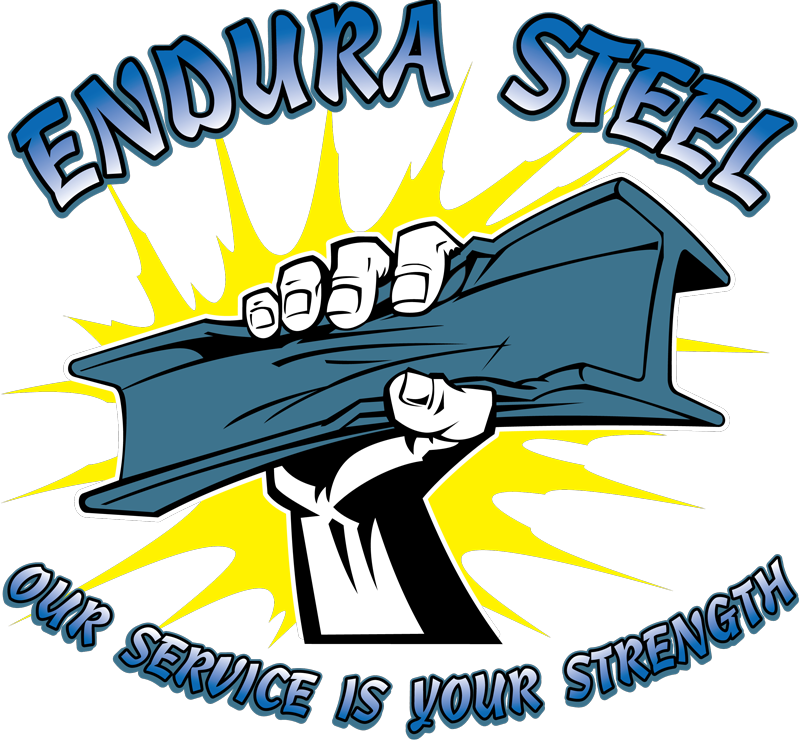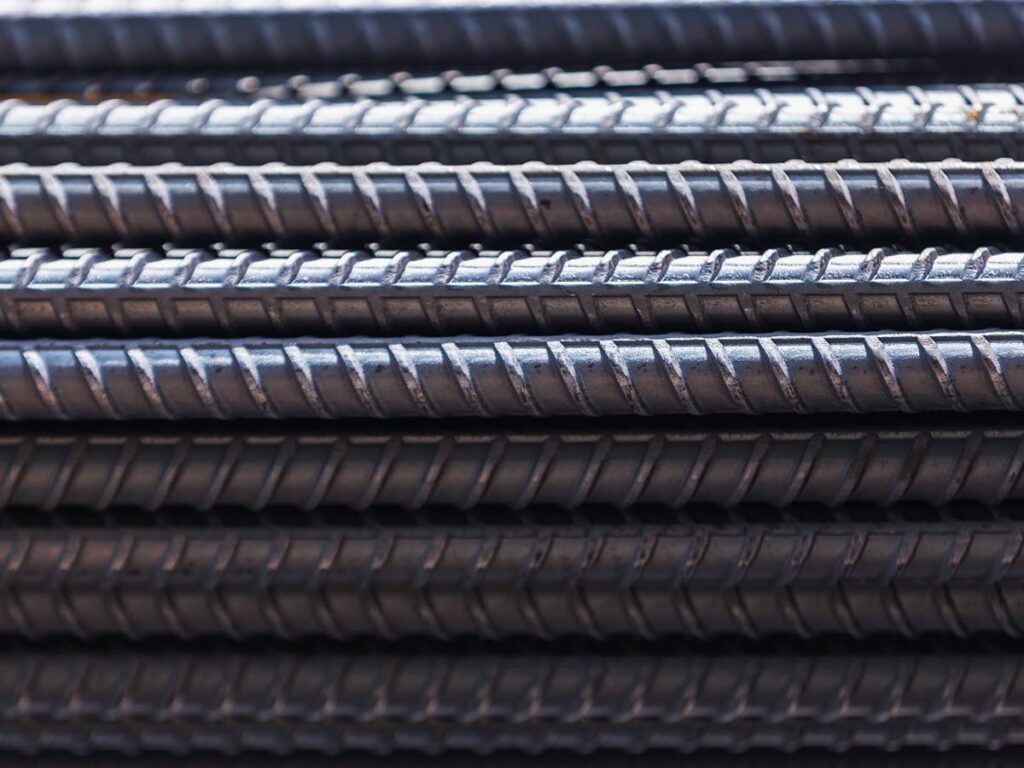Rebar is an essential element in construction, serving as a critical reinforcement for concrete structures. This comprehensive article delves into various aspects of rebar, offering an in-depth understanding of its definition, historical significance, manufacturing process, grades, sizes, types, installation techniques, and inspection methods. By exploring these essential aspects, you will gain valuable insights into the significance of rebar in the construction industry, its role in enhancing the strength and durability of concrete structures, and the importance of proper understanding and implementation of rebar technology. Whether you’re a construction professional or a DIY enthusiast, this article equips you with the knowledge necessary to make informed decisions and ensure the integrity of your construction projects.
What is Rebar?
Rebar, short for reinforcing bar, is a critical component in construction, serving as a backbone for concrete structures. It can be defined as a steel bar or mesh strategically positioned within concrete elements to enhance their strength and resistance to tension forces. Concrete possesses excellent compressive strength, but it is relatively weak when it comes to handling tension. This is where rebar comes into play, acting as a reinforcement by adding tensile strength to the concrete. By distributing and absorbing tension forces, rebar enables the concrete to withstand bending, stretching, and twisting forces due to structural loads, temperature fluctuations, or seismic activity. Concrete structures would be vulnerable to cracks, fractures, and potential failure without rebar.
Rebar is typically manufactured from carbon steel, which offers exceptional mechanical properties and a strong bond with concrete. The steel bars are carefully placed according to engineering specifications, ensuring optimal load distribution and structural integrity. With the incorporation of rebar, concrete structures can handle a wide range of stresses, making them durable, stable, and long-lasting.
Historical Context of Rebar in Construction
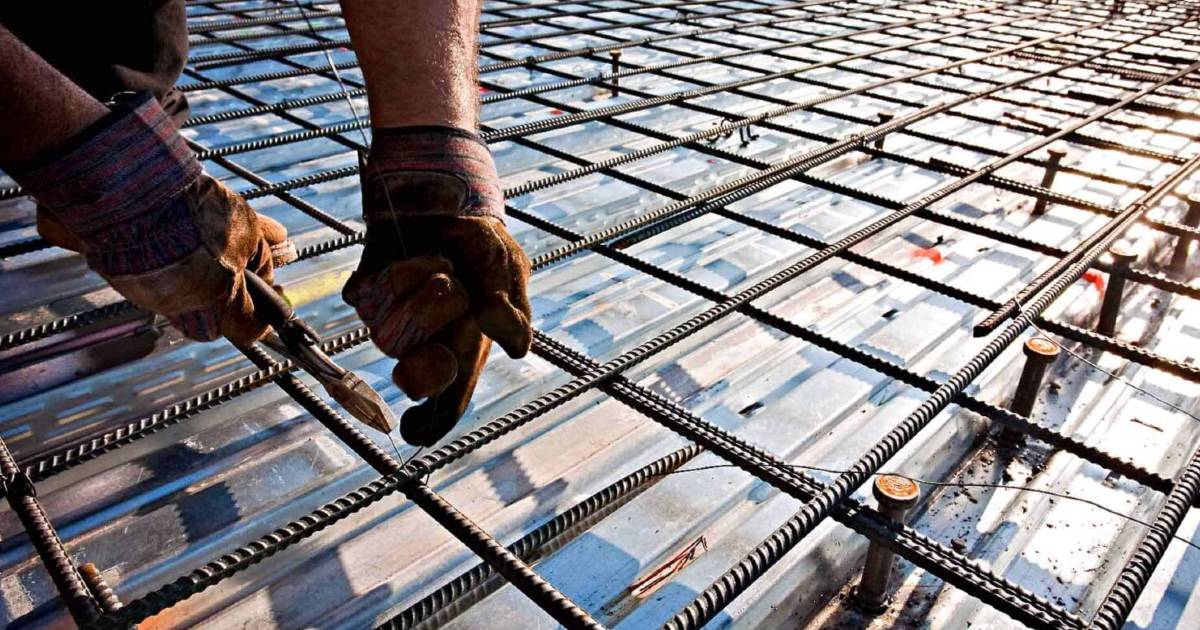
Reinforcement in construction has a rich historical context that dates back thousands of years. Ancient civilizations recognized the need to strengthen their structures and employed various techniques, including iron bars embedded in masonry. For example, the Romans utilized iron clamps and dowels to reinforce their monumental buildings, such as the Colosseum and aqueducts.
However, it was not until the 19th century that modern rebar, as we know it today, began to be widely used in construction. The Industrial Revolution and advancements in steel production techniques facilitated the mass production of steel bars with specific properties suitable for reinforcing concrete.
The introduction of reinforced concrete, where steel bars were embedded within the concrete matrix, revolutionized the construction industry. This innovative approach combined the compressive strength of concrete. It has the tensile strength of steel, resulting in significantly more substantial, more flexible structures and capable of withstanding greater loads and forces.
Since then, rebar has become an indispensable component in construction projects worldwide. Its historical development has shaped how we build, allowing for taller buildings, longer bridges, and more resilient infrastructure. The evolution of rebar technology continues to push the boundaries.
Explanation of How Rebar is Made
Rebar is predominantly manufactured using carbon steel due to its exceptional mechanical properties and compatibility with concrete. Producing rebar involves several stages to ensure the final product meets the required specifications.
It begins with selecting high-quality raw materials, typically scrap metal or iron ore, carefully chosen for their composition and purity. These materials undergo a melting process in a furnace, where they are heated to extreme temperatures to transform them into molten steel.
The molten steel is turned into billets or bars using molds, which determine the shape and size of the rebar. After solidification, the billets or bars are subjected to hot rolling, which involves passing them through a series of rollers to reduce their cross-sectional area and achieve the desired dimensions.
Once the rebar has been formed, it undergoes a cooling process to stabilize its structure and enhance its mechanical properties.
Finally, the cooled rebar is cut into the required lengths according to project specifications, and it is ready for use in construction.
This manufacturing process ensures that the rebar meets the strength, flexibility, and bonding characteristics required for reinforcing concrete structures.
Rebar Grades
Rebar is available in various grades, each denoting the minimum yield strength of the material. The most commonly used grades include Grade 40, Grade 60, and Grade 75. The grade number corresponds to the strength of the rebar, with higher numbers indicating greater power.
The selection of rebar grade depends on the structural requirements and the anticipated loads the structure will bear. For instance, the Grade 40 rebar has a yield of 40,000 pounds per square inch (psi), the Grade 60 rebar has a strength of 60,000 psi, and the Grade 75 rebar has a yield strength of 75,000 psi.
Lower-grade rebars, such as Grade 40, are suitable for smaller-scale projects with anticipated lighter loads, such as residential construction or low-rise buildings. Grade 60 rebar is commonly used in various applications, including commercial buildings, bridges, and highways, where moderate to heavy loads are expected. Grade 75 rebar is utilized for projects requiring higher structural strength, such as high-rise buildings and structures subject to significant loads or seismic forces.
Selecting the suitable rebar grade ensures the structure can withstand the intended loads while maintaining its integrity and safety. Engineering specifications and building codes guide the appropriate rebar grade for different applications.
Comparison of Grades and Their Respective Strengths
When comparing rebar grades, it’s essential to consider their respective strengths and how they align with the structural requirements of a project. Grade 40 rebar, with a yield strength of 40,000 psi, offers sufficient power for smaller-scale projects. Grade 60 rebar, with a yield strength of 60,000 psi, is versatile and widely used in various applications. It provides a higher level of power for moderate to heavy loads. Grade 75 rebar, with a yield strength of 75,000 psi, is reserved for projects demanding exceptional strength and resilience.
Sizes of Rebar
Rebar comes in a range of sizes, identified by a number followed by the corresponding diameter in eighths of an inch. For instance, #3 rebar has a diameter of 3/8 inch, #4 rebar has a diameter of 4/8 inch (or 1/2 inch), and so forth. Several factors, including structural requirements, load-bearing capacity, and spacing between rebars, influence the choice of rebar size. Larger diameter rebars offer higher strength and load-bearing capacity, making them suitable for heavy-duty applications.
Smaller diameter rebars are typically used in lighter structures or where spacing constraints exist. Proper selection of rebar size ensures that the concrete structure can withstand the intended loads while maintaining structural integrity and compliance with engineering specifications.
Factors That Determine Rebar Size Selection
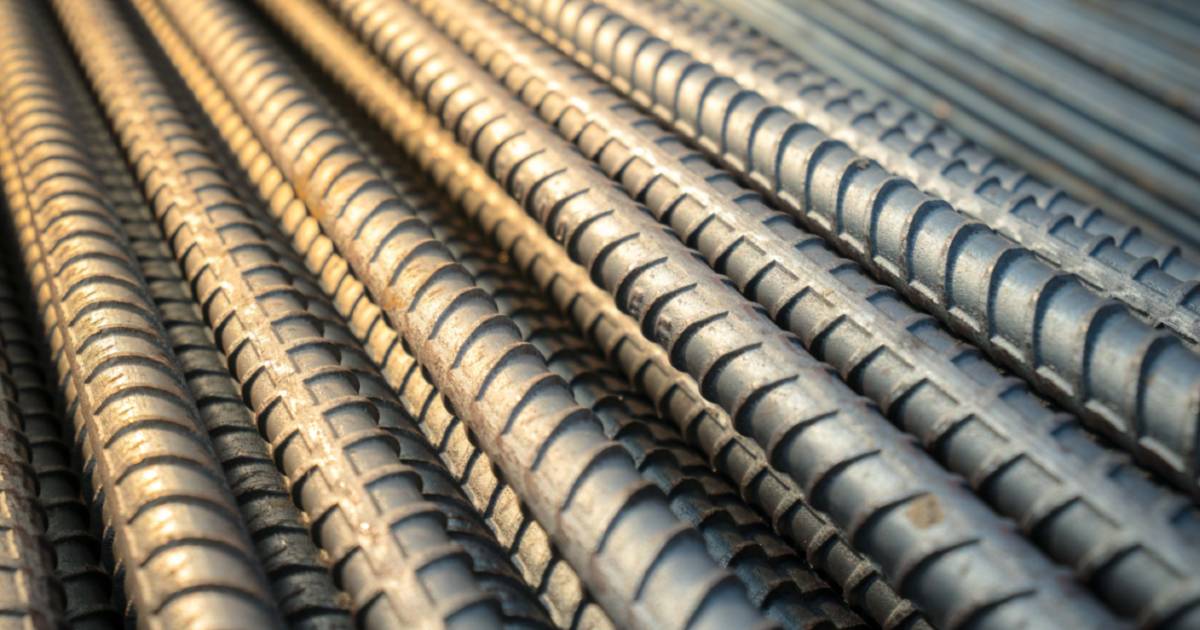
Several factors come into play when choosing the rebar size for a construction project. These factors include the structural design, anticipated loads, concrete cover requirements, and spacing guidelines dictated by building codes and engineering standards. The structural design determines the overall dimensions and configuration of the concrete elements, which influences the rebar’s size and spacing. Anticipated loads, such as dead loads, live loads, and environmental forces, also impact rebar size selection.
Concrete cover requirements, which specify the minimum distance between the rebar’s surface and the concrete’s outer surface, must be known for your project. Adhering to spacing guidelines and selecting the appropriate rebar size ensures that forces are adequately distributed and that the concrete structure achieves the desired strength, durability, and performance per the design specifications.
Comparison of Rebar Sizes and Their Respective Strengths
The size of the rebar has a direct impact on its strength and load-bearing capacity. Larger diameter rebars offer more excellent stability and can bear heavier loads. However, balancing the rebar’s size and the project’s specific structural requirements is best. Factors such as spacing constraints and ease of installation must also be considered.
While larger diameter rebars provide enhanced strength, they may require more space within the concrete structure and can be more challenging to handle during installation. Select a rebar size that meets the structural needs of the project while ensuring optimal performance and ease of construction.
Types of Rebar
Rebar is available in various types, each designed to meet specific construction requirements. The most common types of rebar include black rebar, epoxy-coated rebar, and stainless steel rebar.
Black rebar is the traditional and widely used type. It is made of unfinished carbon steel and offers high strength and cost-effectiveness. However, when exposed to moisture and harsh environments, it is susceptible to corrosion.
On the other hand, epoxy-coated rebar is coated with a protective epoxy layer. This coating provides excellent corrosion resistance, making it suitable for structures exposed to moisture or corrosive elements. It enhances the bond between the rebar and concrete, ensuring long-term durability. However, epoxy-coated rebar is generally more expensive than black rebar.
Stainless steel rebar is highly resistant to corrosion and offers exceptional durability. It is ideal for structures subjected to aggressive environments, such as coastal areas or chemical plants. However, stainless steel rebar comes at a higher cost than other types.
When you select the right rebar type, you must figure in factors like the project’s location, exposure to corrosive elements, durability requirements, and budget constraints. Each class has advantages and disadvantages, and choosing the right one ensures the longevity and performance of the reinforced concrete structure.
Advantages and Disadvantages of Each Type
In construction, most people commonly use black rebar because of its high strength and cost-effectiveness, which makes it a popular choice for many projects. It provides reliable reinforcement and structural integrity to concrete structures.
Epoxy-coated rebar, on the other hand, offers additional protection against corrosion. The epoxy coating is a barrier, preventing moisture and corrosive elements from reaching the underlying steel. This makes epoxy-coated rebar ideal for structures exposed to water or harsh environments, such as bridges, parking garages, and marine systems.
People revere stainless steel rebar for its exceptional corrosion resistance. It is not rust-prone and can withstand even the most corrosive environments, including coastal areas or chemical plants. Projects that require high corrosion resistance often use stainless steel rebar because of its superior properties. However, it is more expensive than other types of rebar. Specific project requirements, budget considerations, and anticipated environmental conditions determine the choice between black rebar, epoxy-coated, and stainless steel rebar for the structure.
Comparison of Different Types and Their Appropriate Uses
The choice of rebar type depends on factors such as the project’s location, exposure to corrosive elements, durability requirements, and budget constraints. In general construction, people typically use black rebar because of its high strength and cost-effectiveness. For structures exposed to moisture or harsh environments, epoxy-coated rebar provides corrosion resistance, making it a suitable choice.
On the other hand, stainless steel rebar offers exceptional corrosion resistance but comes at a higher cost. Construction professionals can select the appropriate rebar type that meets the project’s needs. It ensures the structural integrity and longevity of the reinforced concrete structure.
Rebar Installation and Inspection
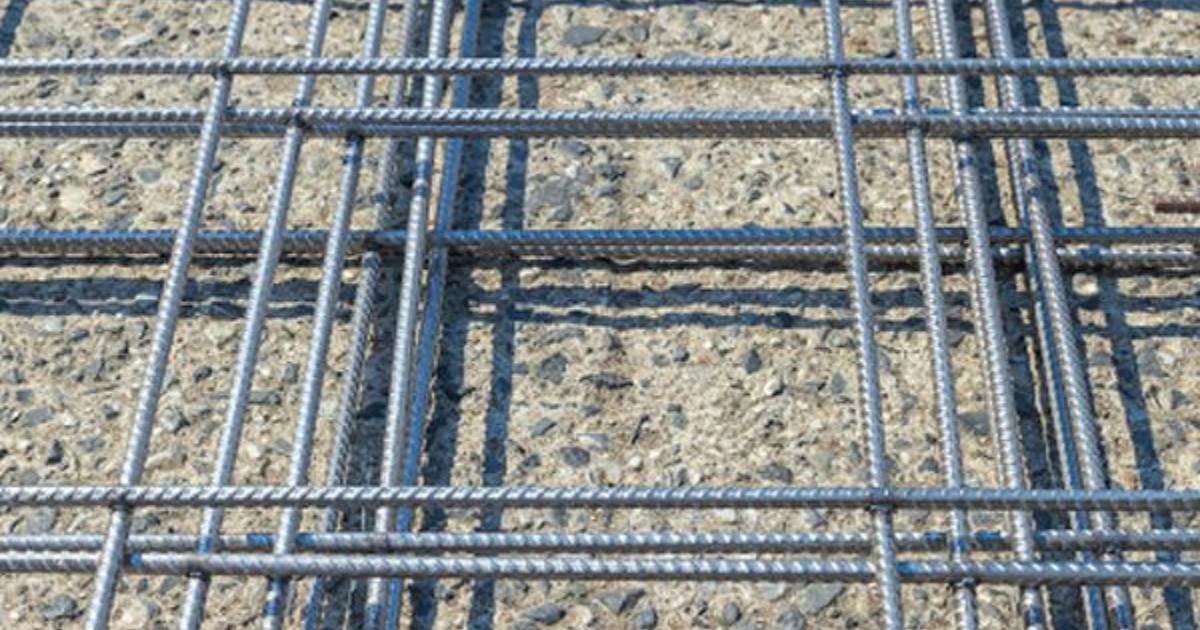
Rebar Installation and Inspection
Installing rebar involves careful planning, positioning, and securing the reinforcement within the concrete forms. Proper placement ensures optimal load distribution and structural integrity. Rebar inspection is essential to verify compliance with design specifications, detect any defects or improper installation, and ensure the overall quality of the reinforced concrete structure.
Importance of Rebar Inspection
Rebar inspection is vital to identify potential weaknesses, such as improper alignment, inadequate cover, or damage during construction. It helps prevent structural failures, maintains safety standards, and ensures the longevity and durability of the completed structure.
How to Inspect Rebar and What to Look For
During rebar inspection, professionals examine the reinforcement’s placement, alignment, size, and condition. They check for proper cover, secure ties or supports, corrosion, straightness, and compliance with engineering drawings and specifications. Professionals use specialized tools and visual inspection techniques to assess the integrity of the rebar.
Importance of Understanding Rebar
Understanding rebar is essential for construction professionals, engineers, architects, and even DIY enthusiasts. It enables them to design and construct robust and safe structures that withstand various loads, environmental conditions, and time. Knowledge of rebar facilitates effective material selection, sizing, and installation decision-making.
Rebar technology continues to evolve, with advancements in corrosion resistance, composite materials, and innovative reinforcement techniques. A comprehensive understanding of rebar becomes increasingly essential for ensuring built environments’ safety, resilience, and sustainability.
Our Locations
Get a Quote Now
